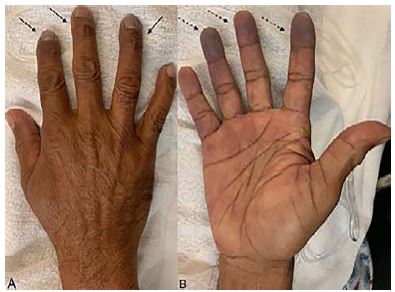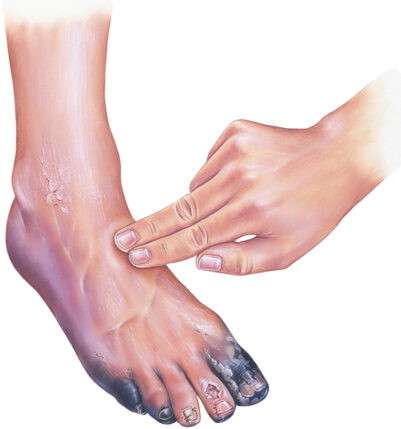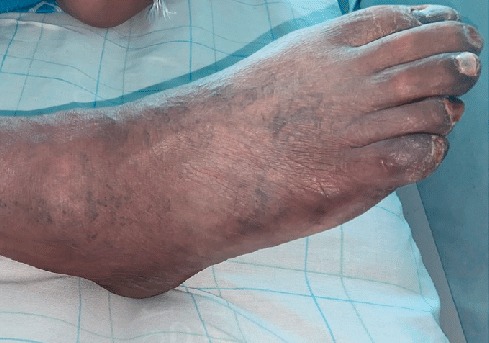Upper Limb Ischemia
Comprehensive Insights and Management
Upper Limb Ischemia, a form of Peripheral Arterial Disease (PAD), is characterized by a reduced blood flow to the arms, primarily due to atherosclerosis. Though less common than lower limb ischemia, its impact on health and well-being can be significant, particularly if not promptly addressed.
Introduction to Upper Limb Ischemia
This condition results from the buildup of plaque within the arteries, a composite of fats, cholesterol, calcium, and fibrous tissue, which can harden and constrict arterial pathways. Such narrowing impedes the flow of oxygen-rich blood from the heart to critical regions, including the hands. Despite its rarity relative to lower limb disease, the proximity of the arms to the heart means many patients may not exhibit symptoms until the condition progresses.

Causes of Upper Limb Ischemia
Factors contributing to the development of upper limb ischemia include:
- Smoking and tobacco use in any form
- Diabetes
- Elevated levels of fats and cholesterol in the blood
- High blood pressure
- Inherent predisposition to blood clotting
- Advanced age and obesity
- Conditions like Thoracic Outlet Syndrome and Raynaud’s Syndrome
- Idiopathic or unknown causes
Types of Upper Limb Ischemia
- Acute Ischemia: Characterized by a sudden blockage in the blood vessels, posing an immediate threat to limb viability and necessitating urgent treatment.
- Chronic Ischemia: Involves a gradual reduction in blood flow, requiring management of the underlying cause to prevent progression.


Clinical Features
Symptoms of upper limb ischemia can vary, including:
- Weak or absent pulses in the hands
- Intermittent Claudication, with symptoms manifesting as pain, numbness, or heaviness in arm muscles during activity
- Resting pain in the fingertips
- Slow-healing sores or wounds on the fingers
- Gangrene or tissue death, indicated by a black color change in the skin
- Infected wounds
- A pale or bluish skin coloration
- Temperature discrepancies between hands

Diagnostic Tests
- Doppler Ultrasound: Evaluates blood flow and identifies blockages.
- Stress Position Tests: Assesses changes in blood flow with various arm positions.
- X-rays and CT Scans: Visualize bony abnormalities and arterial conditions.
- Magnetic Resonance Angiogram (MRA) and Angiogram: Provide detailed images of blood vessels.
Treatment Objectives and Options
The overarching goals in treating upper limb ischemia include improving symptoms and quality of life, facilitating wound healing, and mitigating the risk of severe cardiovascular events.
- Bypass Grafting/Embolectomy Surgery: This open surgical approach aims to restore blood flow by bypassing blocked sections of the artery or removing blood clots.
Lifestyle Modifications
Key strategies to manage and prevent upper limb ischemia involve:
- Engaging in regular physical activity
- Quitting smoking to improve vascular health
- Adopting a heart-healthy diet to reduce atherosclerosis risk
